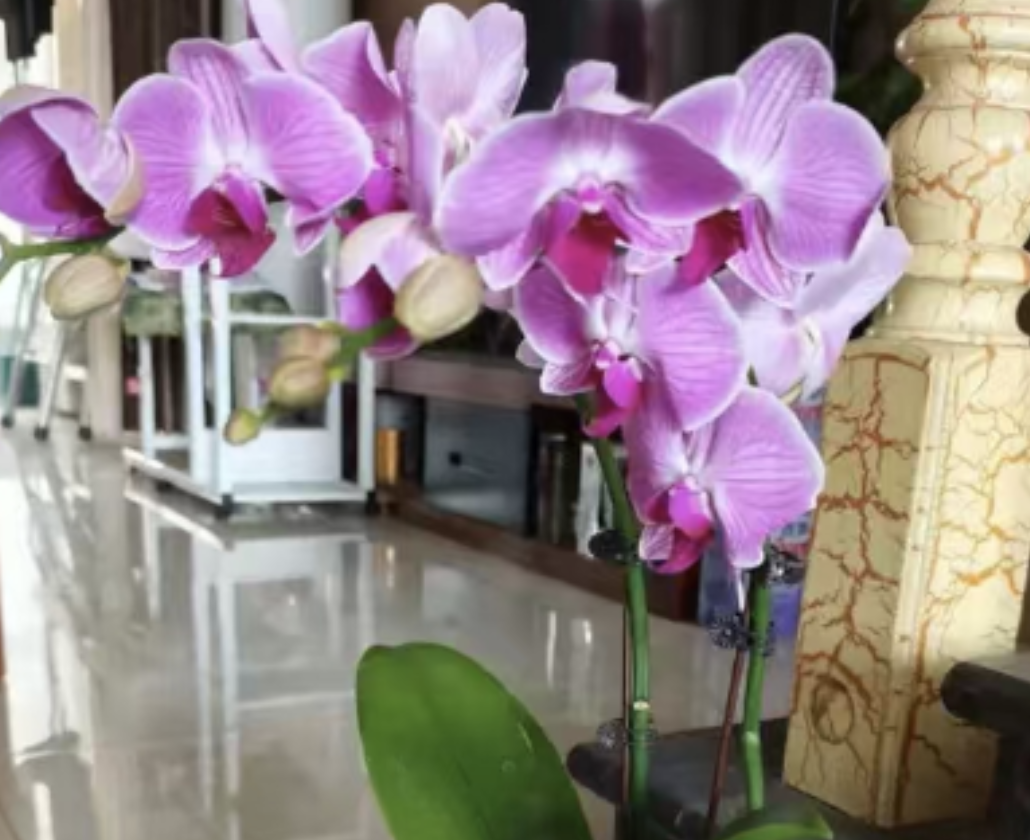Basil is an annual herb with a rich aroma, known for its unique fragrance and multiple uses. Its stem is upright and multi-branched, usually with red or purple. The leaves are oval or oval-oblong, with irregular teeth or entire margins. The leaf color is bright green, and the surface is smooth or slightly pubescent. It can be used as a cooking seasoning to enhance the flavor of dishes and can also be used to make industrial products such as spices and essential oils.
Basil grows rapidly, is heat and cold resistant, has no strict requirements for soil, and is easy to cultivate. At the same time, it also has certain medicinal value and can soothe the liver and regulate qi, clear heat and relieve exterior symptoms. Whether for home planting or commercial cultivation, basil is a popular plant. However, sometimes, even with meticulous care, it dies inexplicably, which is very confusing.
There are various reasons for the death of basil. First of all, soil conditions are crucial. If the soil has poor drainage and is too sticky, the accumulation of water can easily cause root rot, leading to the death of basil. Secondly, improper control of watering is also a common reason. Excessive watering causes the roots to soak in water for a long time and unable to breathe normally; too little watering causes the plant to lack water and become drought-stricken, both of which will endanger the life of basil. Moreover, insufficient light will seriously affect the growth of basil. Lack of sufficient sunlight, blocked photosynthesis, and the plant cannot obtain enough energy, and the growth gradually wilts. In addition, inappropriate temperature is also one of the "killers". If the temperature is too high or too low, beyond the range that basil can withstand, it will cause a fatal blow. Finally, if the invasion of pests and diseases is not dealt with in time, it will gradually erode the vitality of basil until it dies.
So, how can we successfully plant and maintain basil?
The first step is to prepare a suitable "home" for basil. Choose fertile, loose and well-drained soil, and you can mix in an appropriate amount of perlite or river sand to enhance drainage.
The second step is to sow appropriately. Scatter the basil seeds evenly on the soil surface, gently cover with a thin layer of soil, and then keep the soil moist.
The third step is that light management cannot be ignored. Basil needs sufficient sunlight and should be placed in a position that can receive at least 6 hours of direct sunlight every day.
The fourth step is reasonable watering is the key. Follow the principle of "water when dry and see wet", that is, water when the soil surface is dry, and water thoroughly but avoid water accumulation.
The fifth step is that temperature regulation should be proper. Basil is suitable for growing in an environment of 20 - 30℃. Pay attention to shading and cooling in high temperatures in summer, and take measures to keep warm in low temperatures in winter.
The sixth step is that fertilization should be timely and in appropriate amounts. During the growth period, apply a thin organic liquid fertilizer every 2 - 3 weeks to provide sufficient nutrients for basil.
The seventh step is regular pruning. Timely pruning of dead branches, diseased leaves and overly dense branches can not only promote the growth of new branches, but also enhance the ventilation and air permeability of the plant and reduce the occurrence of pests and diseases.
The eighth step is to actively prevent and control pests and diseases. Regularly inspect the plants. Once pests and diseases are found, take corresponding control measures in time, such as spraying biological pesticides or carrying out physical pest control.
As long as we understand the needs of basil with our heart and follow scientific planting and maintenance methods, we can make basil thrive and add a unique fragrance to our lives.
The planting method of basil

Share with
Tagged in :




Leave a Reply